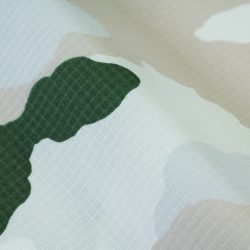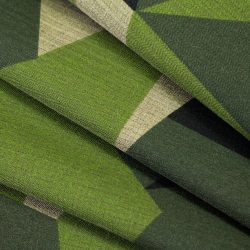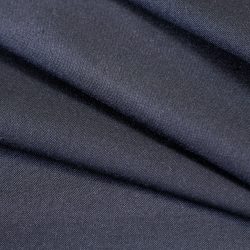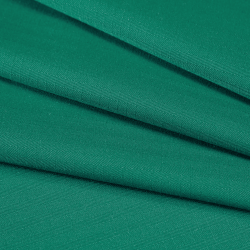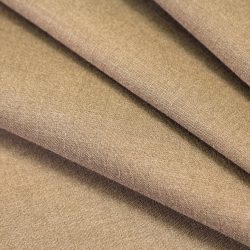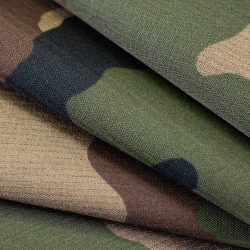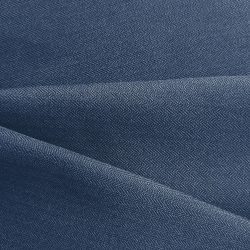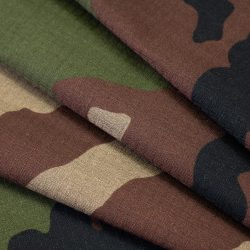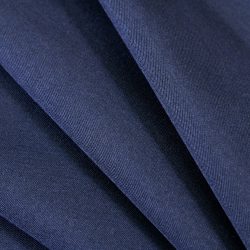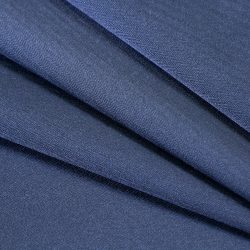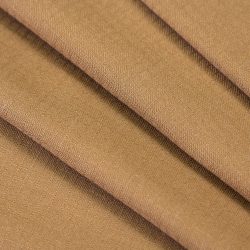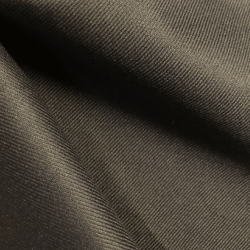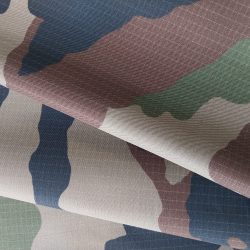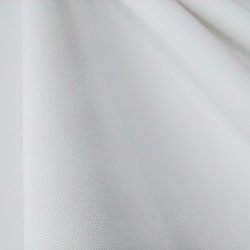In the field of military textiles, one term stands out – ripstop.
If you’ve served in the armed forces, you’re well acquainted with its significance. Ripstop fabrics use a stitching method that elevates textiles to unmatched levels of durability and resilience.
Do you know why military garments primarily use fabrics using a ripstop construction ?
What is the purpose of ripstop?
In technical terms, ripstop prevents a tear from fully breaking the structure of the fabric. A tear might get started, but it will extend no further than the weave’s thick reinforcement yarns located a few millimeters away.
What we call “ripstop” fabrics are woven fabrics, using a reinforcing technique that makes them more resistant to tearing and ripping. During weaving, stronger (and often thicker) reinforcement yarns are interwoven at regular intervals in a crosshatch pattern.
This meticulous weaving creates a robust, lightweight fabric that can withstand intense stress and wear. It’s the reason why ripstop is the choice for military gear, from uniforms to parachutes.
Whether it’s enhancing comfort in the scorching desert or withstanding the rigors of a combat zone, ripstop fabrics play an integral role.
Curious to learn more about how ripstop can benefit your industry? Contact us
Fabric selector



















































